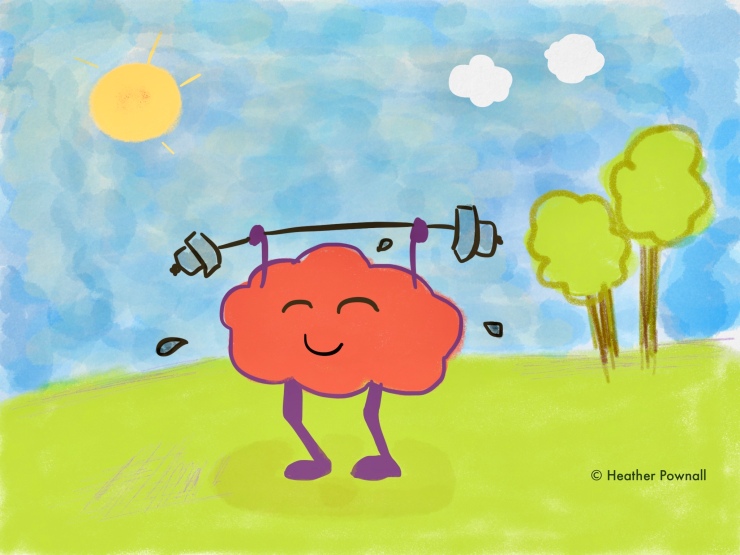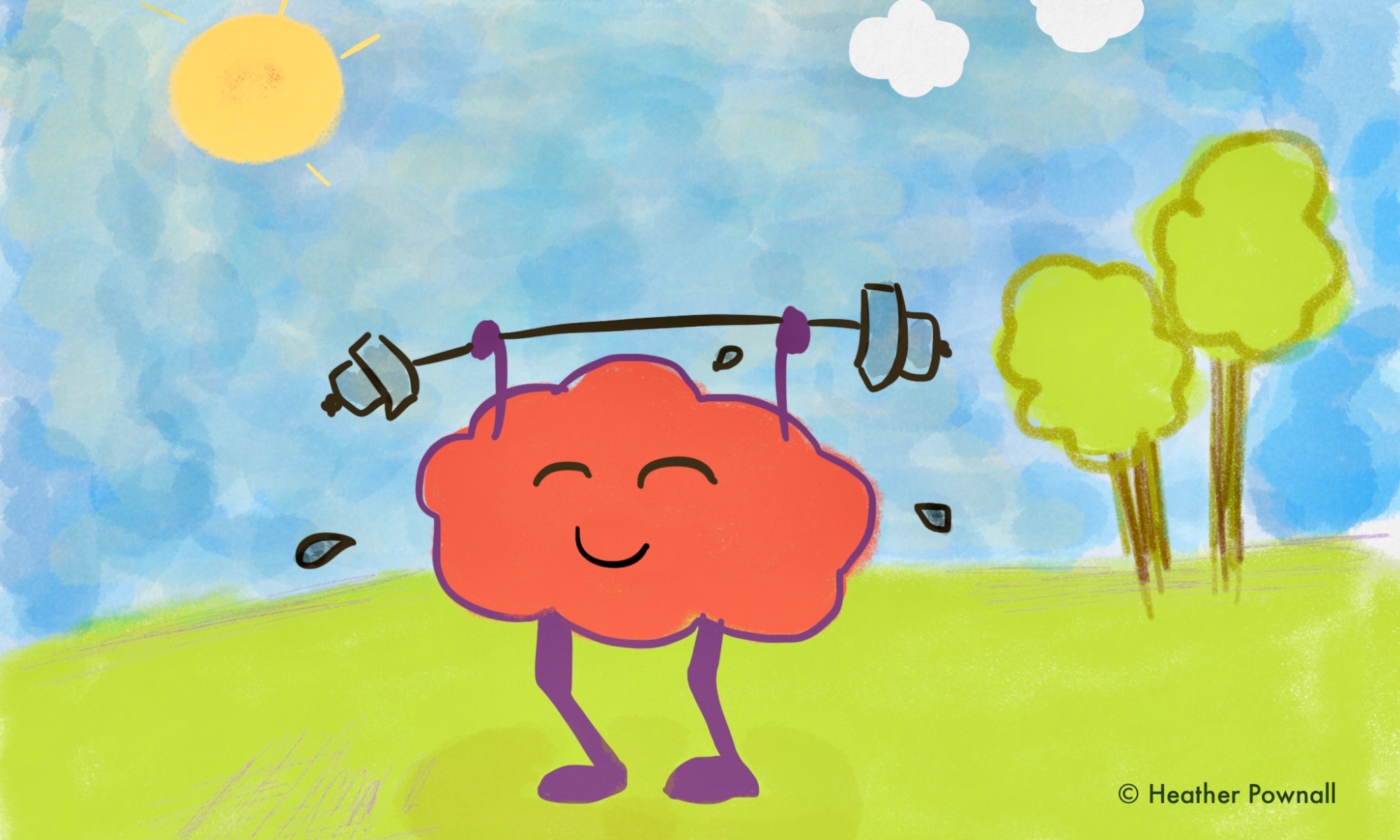Some people tune out when they hear the word “mindfulness.” They may think it means meditating on a mountaintop or sitting cross-legged on the floor, squirming while a teacher chants mantras, burns incense and rings a soft bell.
But practicing mindfulness doesn’t require taking up meditation. Nor does it require taking a three-month sabbatical to hike the Pacific Crest Trail, or going to live in a monastery.
Anyone can practice mindfulness — from your desk at work, even. I hope you’ll consider making mindfulness a priority this year, and try one of the three easy practices I suggest in this article.
If you’re new to mindfulness, you might be wondering…
What is mindfulness?
Defining mindfulness can feel a little squishy. There are 20 different definitions of mindfulness here, each with their own nuanced explanation.
Jon Kabat-Zinn, founding executive director of the Center for Mindfulness at the University of Massachusetts Medical School, who holds a Ph.D. in molecular biology from M.I.T, says:
“Mindfulness is awareness that arises through paying attention, on purpose, in the present moment, non-judgmentally.”
For example, mindfulness involves actively listening and maintaining eye contact when people speak, instead of multi-tasking or being consumed with thinking about what you’re going to say next. Or as another example: fully experiencing the food you eat, slowing down to smell and taste each bite, noticing the sensation of getting full, instead of rushing through meals distracted with a smartphone.
In the context of life and leadership today, your attention is at risk of being pulled in many directions at any moment. The ability to intentionally focus on what’s in front of you could be the single-most important skill to develop and strengthen.
Don’t think you can benefit from mindfulness?
Unless you’re a magic unicorn with rainbow bangs, you’re likely to benefit from implementing mindfulness practices in your life.

According to “The Mindfulness Edge” by Matt Tenney and Tim Gard, the typical American adult spends 47% of waking hours lost in self-generated and self-related thoughts. That means if you’re awake for 16 hours each day, you spend roughly 7.5 hours every day not fully engaged in the world or activity at hand.
Imagine the beautiful details and potentially significant insights and connections you may be missing while spending half-distracted time with family and friends, in meetings at work, or on vacation.
The cost of constant distraction
Getting through a day in a state of mindless distraction has become a default operating mode. The consequences of letting attention go wherever it’s pulled are well-researched and documented: information overload, a constant state of busyness and feeling overwhelmed, anxious and stressed.
In fact, the World Health Organization called stress the “health epidemic of the 21st century,” costing American businesses up to $300 billion a year.
The personal cost of stress is real. Research from The American Institute of Stress found that 77% of Americans regularly experience physical symptoms of stress, such as fatigue, irritability or anger, headaches, muscle tension, upset stomach and illness. Developing your capacity for mindfulness is a proven way to manage stress.

Three easy things you can do to become more mindful
- Do nothing but breathe for one. whole. minute.
Your assignment here is simple: sit down, set a timer for one minute, close your eyes, breathe in, breathe out, observe thoughts or feelings, but don’t get taken for a ride on the thought train. Just sit and breathe until the timer goes off. That’s it. Work your way up to a few minutes a day.Ready for more? Download my favorite app, Headspace, and try free guided mindfulness exercises. - Turn everyday tasks into mindful moments
This tip is courtesy of author Matt Tenney, whom I met at a conference last year. You wash your hands and brush your teeth multiple times a day. You may be lost in thought rushing through these tasks. Instead, try using these moments to exercise your mindfulness muscles. Slow down and notice the running water. Pay attention to how it feels and sounds. How is your posture? Are your feet flat on the floor? What sensations do you notice in your body? Observe thoughts that come up, but just notice them instead of identifying with them.This exercise can strengthen your awareness and the quality of your presence so you start feeling what it’s like to be more mindful. Soon, you’ll be practicing turning other moments — like standing in line at the grocery store, washing dishes, mowing the lawn, talking with a significant other or a friend — into more mindful moments.Check out Matt’s book for more ways to practice mindfulness.
- Put your smartphone in a drawer for a few hours every day
Unless you’re saving lives with your phone or need to be on-call for true emergencies, there is nothing on your phone that is more important than the people who matter in your life. I recently shut my iPhone off for two weeks and … the world didn’t end! Don’t let bright little screens steal your attention from the people who count and moments that matter.If you have trouble disconnecting from your device, try downloading the app, Moment, which tracks the number of times you pick up your phone everyday and how much time you spend using it. Let the app run in the background for a week and then look at your results. Seeing how much of your attention your phone gets, compared to say, your loved ones, friends or even your passion projects and hobbies, might give you the data you need to spark a change in your behavior and habits.
There is no single or best way to practice mindfulness. Try these or other approaches and find what works for you. But remember…
Start small and don’t give up.
Creating just one intentional mindful moment each day is better than none.
Try a tip, and share a comment below. Chat about mindfulness with friends.
And stick with it. Practicing mindfulness is like going to the mental gym. Just like you can’t expect instant results after working out a few times, mindfulness training requires commitment and regular practice.
The happiest people and most effective leaders live in the “here and now” and are not caught up in a state of “busyness” and distraction. All of us can learn and get better at this. The goal is not to be perfect, it’s just to be better than before.

PS — Want to learn more about mindfulness?
I’m working on a list of mindfulness books and resources I’ve found helpful, and will post those next week. You can drop your email on the Subscribe page if you want to make sure you don’t miss it.


Thanks for the tips, Heather! Practicing mindfulness is a goal of mine as well in 2018. I am using the app “Simple Habit” which is a free download focused on practicing for 5 minutes a day. I figure at the very least I can commit to that to reap all of the benefits mindfulness provides! I also agree whole heartedly with limiting time on electronic devices. This is especially true for me in the evenings when I make sure to “disconnect” at least one hour prior to going to bed. I feel this helps immensely with getting a good night’s sleep, and we all know how important that is!
So great that you are making mindfulness a priority, Brian. Thanks for sharing your experience. You make an excellent point about how disconnecting from phones and other screens before bed helps improve sleep. Good luck with your 5-minute daily goal!
Some pretty nice tips you’ve got there! I was just wondering a few days ago about how I could be in the moment more especially when I’m talking to people, because I tend to mess up a lot. This helped me. Thanks a lot!
Thanks for reading, Vidha. I’m glad you found it helpful!
Thanks for the tips! Two other suggestions that I was given to slow down and be more mindful: 1) Try brushing your teeth with your opposite hand. 2) Try to take twice as long to eat a meal as you normally do.
Those are great. Thanks for sharing, Shelley!
Thanks for a great post, Heather. These tips and resources are so helpful.
Thanks, Paula. Glad you found them helpful and thanks for taking a minute to share.